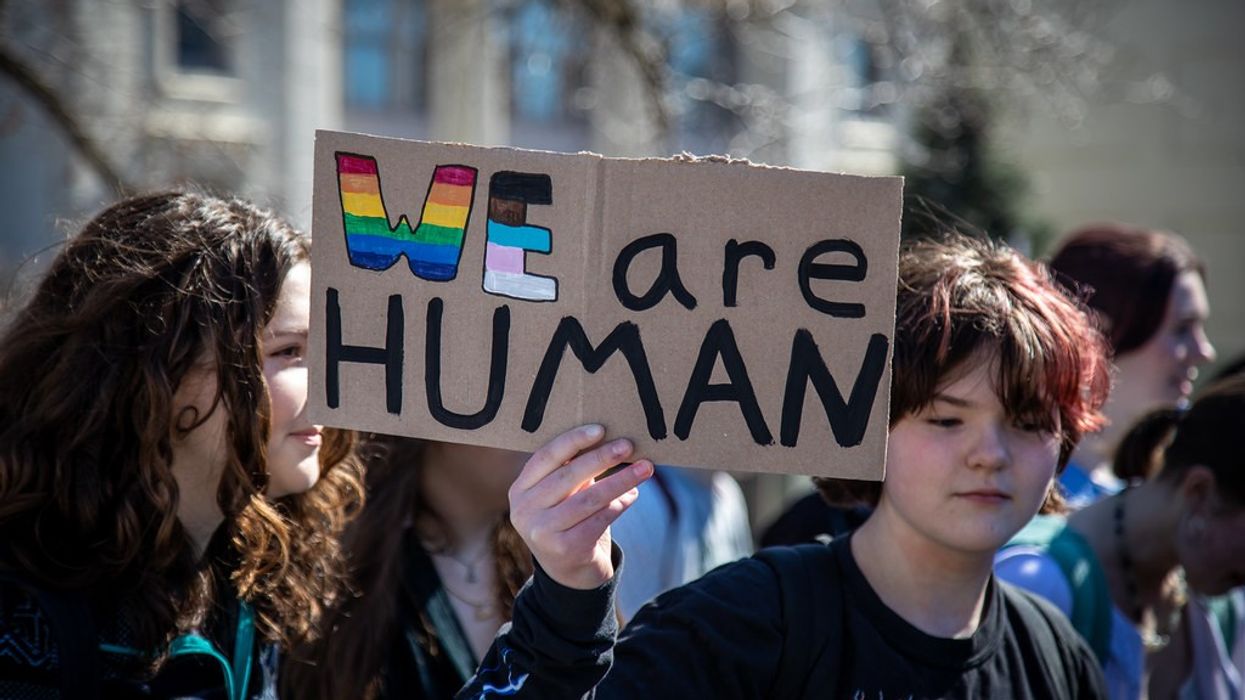Not many internships for college students list “travel across the United States on a train with a group of entrepreneurs” as a part of the job description. This past summer though, I got to do just that as an intern at Affinity Plus Federal Credit Union in St. Paul, Minnesota.
My mission was to develop new methods to engage the millennial generation in their personal finances, which took understanding how my peers currently managed their student loans, credit cards, credit scores, and budgeting. To do this, I participated in the Millennial Trains Project, a transcontinental train journey for young people to build leadership and entrepreneurial skills by launching a project on a national scale.
Now why would a 20-year-old be interested in such a seemingly dry topic? There is the obvious looming fear of Social Security running dry before any millennial will be able to tap into it. There is also the current state of the economy, which boasts an unemployment rate of 7.4 percent. Some recent master’s degree graduates are resorting to making caramel macchiatos at Starbucks just to earn fair wages and health coverage.
We expect high school students by the age of 17 to have their future career choices made, but the reality is that most students begin college with an undecided major. We must not forget that not all students are the same, which is why the conversations about financial literacy need to become more personal and simplified. The key to helping millennials is to find out what they don’t know and give them the resources they need to empower them with their financial future.
After stopping in seven cities and talking with current students and college graduates at five different colleges, I came to some conclusions about students’ knowledge and what universities and financial institutions can do to help.
Lesson 1: Students borrow a lot of money they don’t know a lot about.
If you were a college freshman and received a letter from your school regarding your financial aid award that equated to half of your school’s cost of attendance, why wouldn’t you take this? It’s called an award, so it’s like a gift, right? Well, even though 63 percent of the millennials I talked to have student loans, 65 percent of them had almost no familiarity with the repayment of their loans and almost 70 percent of them didn’t know about their interest rates. I asked students why they weren't aware of their interest and discovered that they were just more focused on the here and now with school and less interested in what lay ahead for the next four years.
During my trip, I visited the banks and credit unions on the various campuses to see what they had to say about this issue. I was surprised to hear that these financial institutions did not offer a lot of assistance in helping students become more financially literate. They would help students if they came in with questions about their private loans, but they seldom went out of their way to reach out to students. There are some banks that offer budgeting seminars, but these have had little attendance.
I believe there should be a mandatory financial literacy class as part of a high school graduation requirement. Active participation and application of financial literacy are key for students to be able to relate it back to their own pocketbooks.
Lesson 2: We love our credit cards and we reach our limits until we're denied.
Out of all the individuals I talked to, 67 percent said they had a credit card. This conflicted with my preconceived notion that millennials don’t typically have credit cards because they know very little about them. There were quite a few students whose credit cards were tied to their parents' credit card accounts, which could have been why they didn't know a lot about them.
One thing that shocked me the most was that only 31 percent of these students know their interest rate. In Omaha, students who were paying their credit card bills in full did not feel that they needed to keep track of their interest rates, but this is crucial if unexpected expenses come up. The most surprising find I had was that almost 80 percent of these individuals knew exactly what their credit limits were on their cards, which made me assume that many didn't keep track of their expenses until their cards were denied.
Lesson 3: Many people don't know what a credit score is used for.
The older the individual I talked to, the more they knew about credit scores. I found that 100 percent of these individuals knew what a credit score was used for and what influenced a credit score. The underlying knowledge of a credit score that millennials have is that it is used for taking out loans and that credit cards can ruin them. In total however, only 50 percent of those surveyed knew what a credit score was used for.
What’s more, only 58 percent of individuals had checked their credit score in the last 12 months. This was either from their credit being pulled by housing companies for renting an apartment or for taking out a loan. When asked, 20 percent of them could actually tell me what their score was exactly.
There is a lot more to a credit score than one would actually think. It is more than just a number, it is a determinant of your future buying potential. I wrote a little blog about this in case you might be interested to know more.
When it comes to millennials, we need to make it easier for them to understand their personal finances by simplifying the language and making information more widely targeted and available to them. What would make you more interested in your personal finances? I'd like to know how to make the conversation a little more exciting for you.









